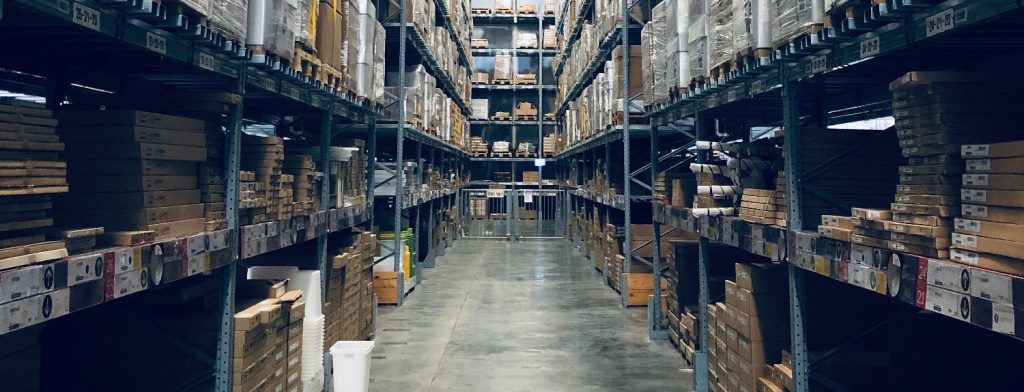Real Time Locating Systems (RTLS) can be used for both inventory management and asset tracking. Here, we explore the differences between inventory and assets and the respective benefits of using a RTLS.

Inventory is stock, parts, materials and products that move through the company while assets are equipment, fixtures and furniture the company needs to do work. Inventory tends to be sold quickly to customers and leave the company while assets tend to be be kept longer term. It’s not just companies that have inventory and stock. Organisations such as government and health agencies consume rather than sell inventory and use assets to provide services.
While there are many systems that can be used to track the quantities of inventory and assets, very few track location. Knowing you have something but not knowing where it is leads to significant inefficiencies, especially in large organisations.
Managing both inventory, assets levels and location is important to avoid shortages and the need to over-stock so as to mitigate not being able to find items. In some cases items can spoil, due to expiry dates, which makes locating them more time sensitive. RTLS provides an automatic real-time view of inventory and assets so that quantities are known when items get stolen, thrown away or otherwise leave the site.
Inventory management provides better accuracy as it’s known what is in stock so the correct quantity can be ordered to meet anticipated demand. It makes it less likely products will be oversold, when not in stock, preventing end-customer disappointment. Having optimal stock saves money. Excess stock costs money until sold that can include overheads such as storage, handling fees and insurance. Excess standing stock is also is also presents the risk of loss by theft, obsolescence and unexpected damage. A better, real-time view of stock allows demand to be analysed and optimised. Having the correct stock ultimately keeps end-customers loyal due to a better customer experience.
Asset management ensures that assets don’t have to be over-purchased to compensate for inefficiencies in finding items. Knowing you have item(s) prevents unnecessary duplicate purchases. As the RTLS is real-time there’s no need for manual audits. The automatic auditing of assets also highlights items that have become lost or stolen. Knowing where assets are ultimately reduces labour costs because employees spend less time searching.